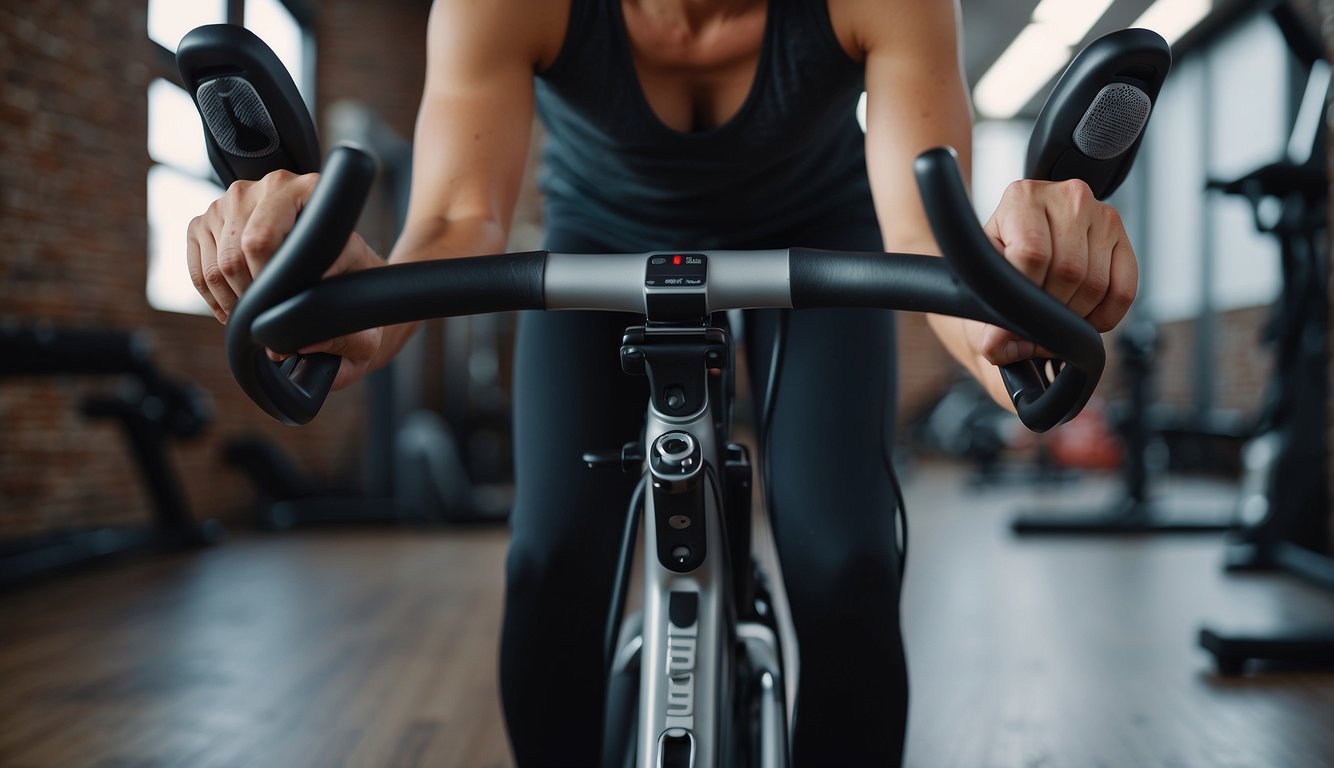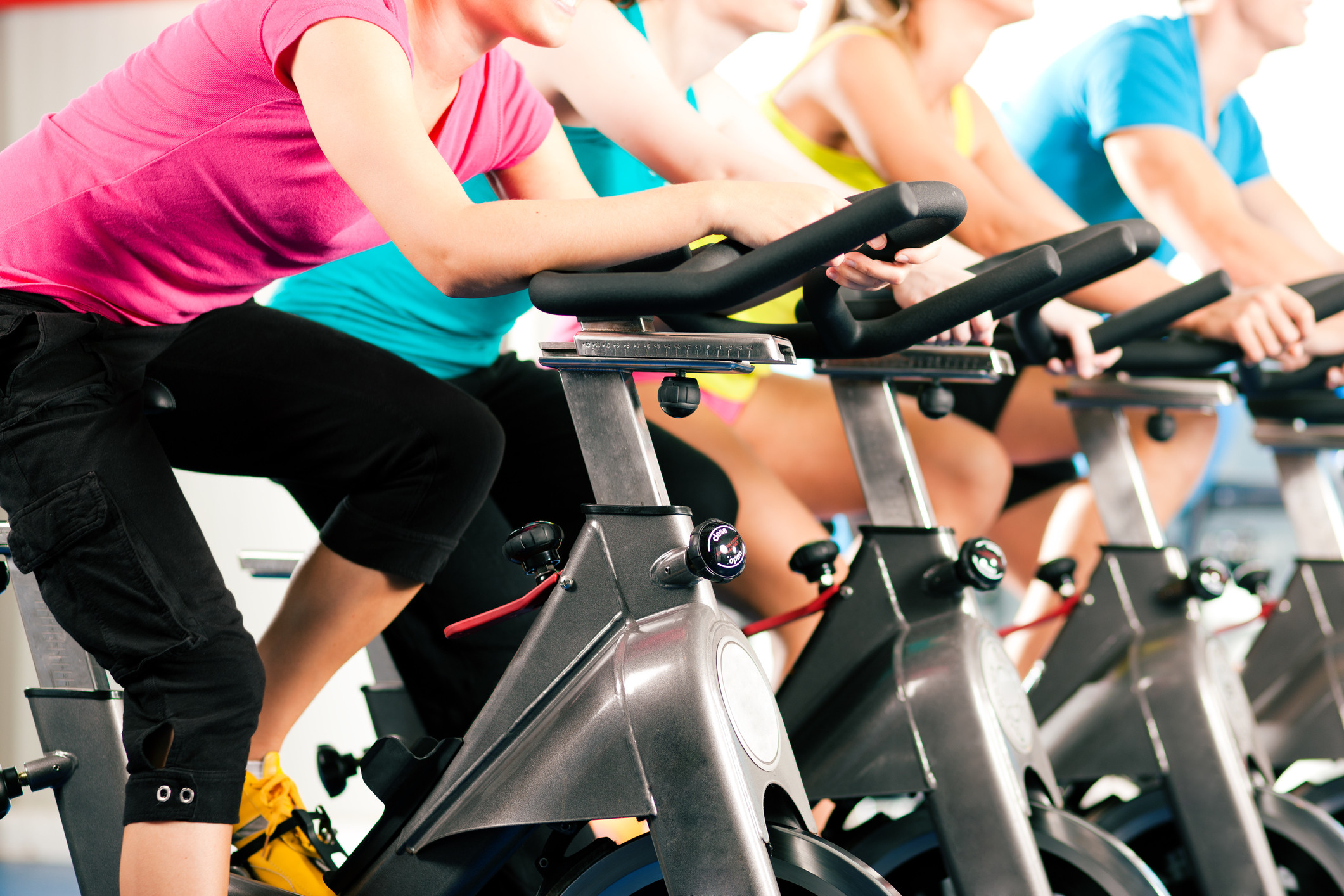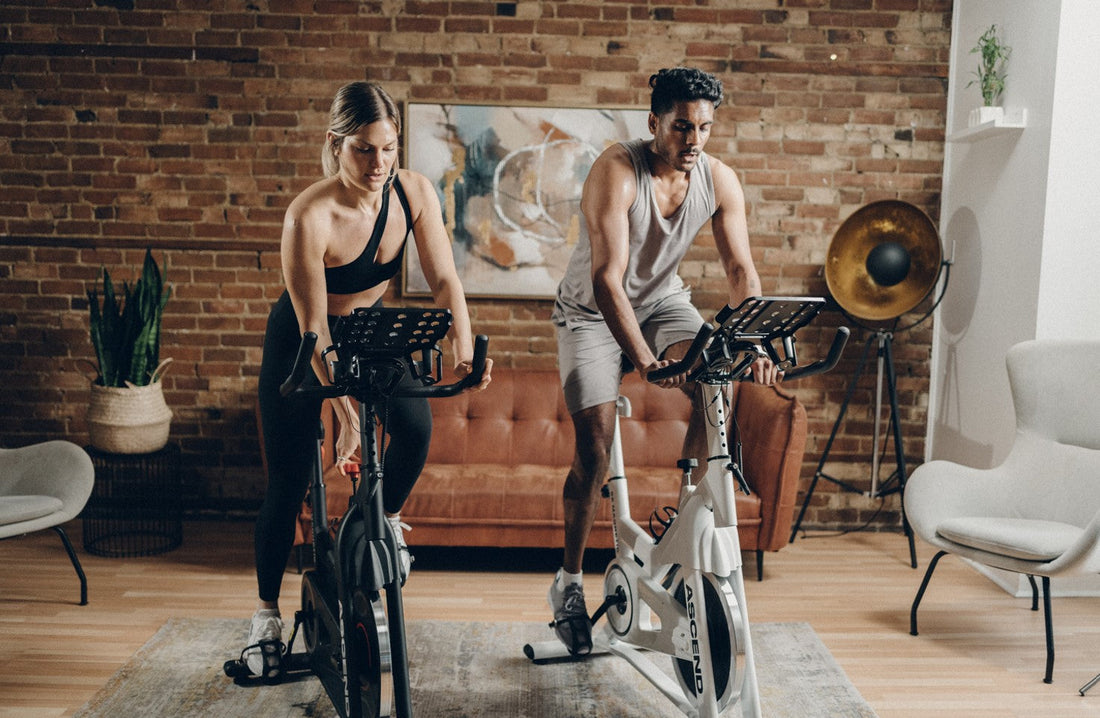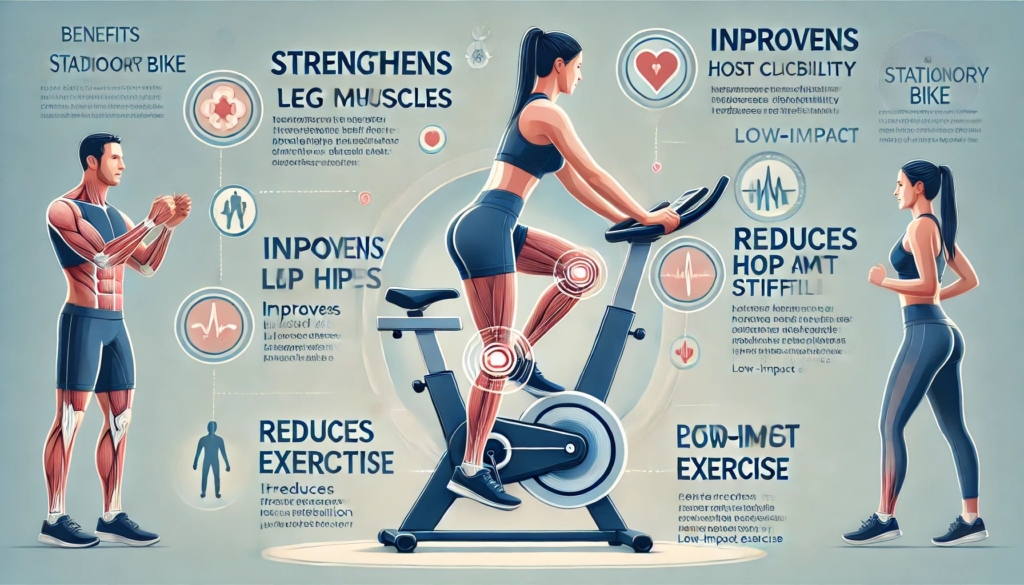Stationary Bike Benefits for Legs and Hips: Ultimate Guide to Strength & Mobility
Introduction
Stationary bikes are one of the best pieces of exercise equipment for toning and strengthening the lower body. Whether you’re a fitness enthusiast or a beginner, cycling on a stationary bike offers numerous benefits for your legs and hips. Unlike high-impact workouts like running, biking is gentle on the joints while still providing a fantastic cardiovascular and strength-training workout.
By regularly incorporating stationary biking into your fitness routine, you can develop lean muscle, improve endurance, and enhance flexibility in your lower body. But how exactly does cycling help your legs and hips? Let’s dive into the specific benefits.
How a Stationary Bike Works for Lower Body

Cycling on a stationary bike primarily targets the muscles in your legs and hips. The repetitive pedaling motion engages multiple muscle groups, helping to tone and strengthen them over time.
- Pedaling Mechanics: Each pedal stroke works different muscles in a cyclical pattern, ensuring balanced muscle engagement.
- Muscles Used: The primary muscles involved are the quadriceps, hamstrings, calves, and glutes, along with the hip flexors.
- Resistance Levels: Increasing resistance on a stationary bike mimics uphill cycling, which further intensifies muscle activation and builds strength.
By adjusting the intensity and duration of your workout, you can customize your training to focus on endurance, fat loss, or muscle growth.
Stationary Bike Benefits for Leg Muscles

A stationary bike is an excellent tool for toning and strengthening the leg muscles, including:
- Quadriceps: These muscles at the front of your thighs play a crucial role in pedaling. As you push down on the pedal, your quadriceps engage, becoming stronger and more defined over time.
- Hamstrings: Located at the back of your thighs, hamstrings are activated when you pull the pedal upward. Regular cycling improves their flexibility and strength, reducing the risk of injuries.
- Calves: Every pedal stroke engages the calf muscles, helping to tone and define them. Increased resistance can lead to greater calf endurance and strength.
Consistently using a stationary bike ensures that your legs become more powerful, leaner, and resistant to fatigue.
Stationary Bike Benefits for Hip Muscles

In addition to leg muscles, cycling effectively targets the hips, making it a great choice for those looking to strengthen their lower body.
- Hip Flexors: These muscles, which help lift your legs during cycling, become stronger with regular biking, improving mobility and reducing stiffness.
- Glutes (Butt Muscles): The pushing motion on the pedals activates your glutes, helping to tone and firm your backside. Higher resistance or standing while pedaling intensifies this effect.
- Hip Mobility: Cycling improves flexibility in the hip joints, reducing the risk of stiffness and enhancing overall movement.
For those with sedentary lifestyles or jobs that involve sitting for long hours, regular cycling can be an effective way to counteract hip tightness and weakness.
Impact on Joint Health

One of the biggest advantages of a stationary bike is its low-impact nature, making it an ideal workout for individuals with joint issues.
- Less Strain on Knees and Hips: Unlike running, which puts pressure on the joints, cycling provides a smooth motion that minimizes impact while still offering an effective workout.
- Suitable for Arthritis Sufferers: Those with arthritis or joint pain can benefit from the gentle movement of cycling, which keeps the joints mobile without causing discomfort.
- Rehabilitation and Injury Recovery: A stationary bike is often used in physical therapy to help individuals recover from knee or hip injuries without risking further strain.
By incorporating cycling into your routine, you can keep your joints healthy while strengthening your lower body.
Stationary Bike vs. Other Leg and Hip Workouts
While there are many exercises for strengthening the legs and hips, stationary biking offers unique advantages. Here’s how it compares to other common workouts:
Cycling vs. Running
- Impact on Joints: Running is a high-impact activity that puts stress on the knees and hips, increasing the risk of injuries. In contrast, cycling is low-impact and easier on the joints.
- Muscle Engagement: Running primarily engages the calves and hamstrings, while cycling works the entire lower body, including quads, glutes, and hip flexors.
- Endurance and Stamina: Both activities improve cardiovascular endurance, but cycling allows for longer, sustained workouts without excessive strain.
Cycling vs. Weight Training
- Muscle Growth: Weight training is excellent for muscle hypertrophy, but cycling builds lean muscle while improving endurance.
- Caloric Burn: Cycling burns more calories in a single session compared to weight training, making it more effective for fat loss.
- Flexibility and Mobility: Unlike heavy lifting, which can cause stiffness, cycling keeps the legs and hips flexible.
Cycling vs. Outdoor Biking
- Weather Independence: A stationary bike allows you to train anytime, regardless of weather conditions.
- Safety: No risk of traffic accidents, uneven roads, or sudden obstacles.
- Customizable Workouts: Stationary bikes offer resistance adjustments, making it easier to target specific muscle groups.
Fat Burning and Weight Loss for Legs and Hips

If your goal is to shed excess fat in the legs and hips, stationary biking is an excellent choice.
- Caloric Burn: A moderate-intensity cycling session burns 300-600 calories per hour, depending on weight and effort.
- Fat Reduction: Regular cycling helps burn stubborn fat in the thighs, hips, and buttocks by increasing calorie expenditure.
- High-Intensity Interval Training (HIIT): HIIT cycling workouts involve alternating between high and low intensity, leading to increased fat loss.
A consistent cycling routine, combined with a healthy diet, can lead to well-toned legs and hips over time.
Improving Endurance and Stamina

Cycling is not just about muscle strength—it also improves endurance, allowing your legs and hips to perform better for longer durations.
- Cardiovascular Benefits: Cycling strengthens the heart and lungs, increasing overall stamina.
- Leg Muscle Endurance: Pedaling against resistance builds muscle endurance, helping you perform daily activities with ease.
- Improved Athletic Performance: Whether you’re a runner, hiker, or athlete, cycling enhances your lower body’s capacity for sustained movement.
A stronger lower body means less fatigue during prolonged activities and better overall fitness levels.
Flexibility and Range of Motion
Tightness in the legs and hips can lead to stiffness and discomfort. Stationary biking helps improve flexibility in several ways:
- Dynamic Movement: Continuous pedaling keeps the joints lubricated and prevents stiffness.
- Hip Flexor Stretching: Cycling elongates the hip flexors, reducing tightness from prolonged sitting.
- Improved Blood Circulation: Increased blood flow helps deliver oxygen and nutrients to muscles, promoting relaxation and flexibility.
For best results, combine cycling with stretching exercises to enhance your range of motion further.
Correct Posture and Form for Maximum Benefits
To fully benefit from a stationary bike, maintaining the correct posture is crucial:
- Adjust Seat Height: Your knees should be slightly bent when the pedal is at its lowest position.
- Keep Your Back Straight: Avoid slouching to prevent lower back pain.
- Proper Foot Placement: Place your feet flat on the pedals to engage the right muscles.
- Engage Core Muscles: Keeping your core tight improves balance and stability.
Bad posture can lead to discomfort, strain, and reduced effectiveness of your workout. Always ensure proper alignment to maximize your results.
Stationary Bike Workouts for Stronger Legs and Hips
Here are some effective cycling routines to target your lower body:
Beginner Routine (30 minutes)
- 5 min warm-up (low resistance)
- 20 min steady-paced cycling (moderate resistance)
- 5 min cool-down
Intermediate Routine (45 minutes)
- 5 min warm-up
- 10 min moderate cycling
- 5 min high-resistance cycling
- 10 min moderate cycling
- 10 min intervals (30 sec sprint, 1 min recovery)
- 5 min cool-down
Advanced Routine (60 minutes)
- 10 min warm-up
- 15 min hill simulation (high resistance)
- 15 min steady-paced cycling
- 10 min HIIT sprints (45 sec sprint, 30 sec recovery)
- 10 min cool-down
By following these structured workouts, you can effectively strengthen your legs and hips.
Recovery and Muscle Growth
Muscle recovery is crucial after a cycling session to ensure growth and prevent injuries.
- Active Recovery: Light cycling on rest days can reduce muscle soreness.
- Hydration & Nutrition: Drinking enough water and consuming protein-rich meals aid in muscle repair.
- Rest Days: Taking breaks allows muscles to rebuild stronger.
Pairing cycling with strength exercises like squats and lunges can further enhance lower-body muscle development.
Injury Prevention and Safety Tips
To avoid injuries while using a stationary bike, follow these precautions:
- Warm-up Properly: Always start with low resistance to prepare your muscles.
- Avoid Overtraining: Excessive cycling without breaks can lead to muscle strain.
- Listen to Your Body: If you feel pain, stop and reassess your form or resistance level.
- Use Proper Footwear: Supportive shoes help maintain stability and prevent foot discomfort.
By following these tips, you can safely enjoy the benefits of stationary biking.
Choosing the Right Stationary Bike
Selecting the right bike depends on your fitness goals and comfort preferences:
Types of Stationary Bikes:
- Upright Bike: Similar to a regular bicycle, great for intense leg workouts.
- Recumbent Bike: Provides back support, ideal for those with joint issues.
- Spin Bike: Designed for high-intensity workouts with adjustable resistance.
Key Features to Look For:
- Adjustable seat and handlebars
- Multiple resistance levels
- Digital display for tracking progress
- Comfortable cushioning
Investing in the right bike ensures a more effective and enjoyable workout experience.
Conclusion
A stationary bike is one of the best tools for improving leg and hip strength while also providing a fantastic cardio workout. From toning your quadriceps and hamstrings to strengthening your glutes and hip flexors, cycling engages all the key lower-body muscles without the high-impact risks of running.
Additionally, it aids in weight loss, increases endurance, enhances flexibility, and supports joint health. With the right posture, workout routine, and recovery plan, you can maximize the benefits of your stationary bike workouts.
So, whether you’re looking to sculpt leaner legs, boost stamina, or improve mobility, incorporating a stationary bike into your fitness routine is a smart and effective choice.
FAQs
1. How often should I use a stationary bike for leg and hip benefits?
Aim for at least 3-5 sessions per week, ranging from 30 to 60 minutes per session, depending on your fitness level.
2. Can a stationary bike help reduce hip fat?
Yes! Cycling burns calories and targets the hip area, helping with fat reduction and toning when combined with a healthy diet.
3. Is a recumbent bike as effective as an upright bike for legs?
A recumbent bike is easier on the joints but still strengthens leg muscles. However, an upright or spin bike provides a more intense workout.
4. Will a stationary bike bulk up my legs?
Not significantly. Cycling helps tone and strengthen muscles without excessive bulk, especially with moderate resistance.
5. What’s the best resistance level for building leg strength?
Gradually increase resistance to moderate to high levels to challenge your muscles and build strength over time.


There are currently no comments available